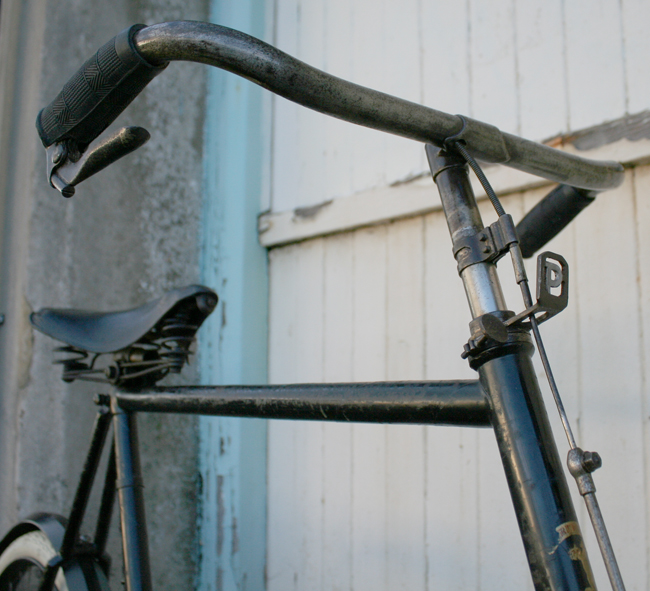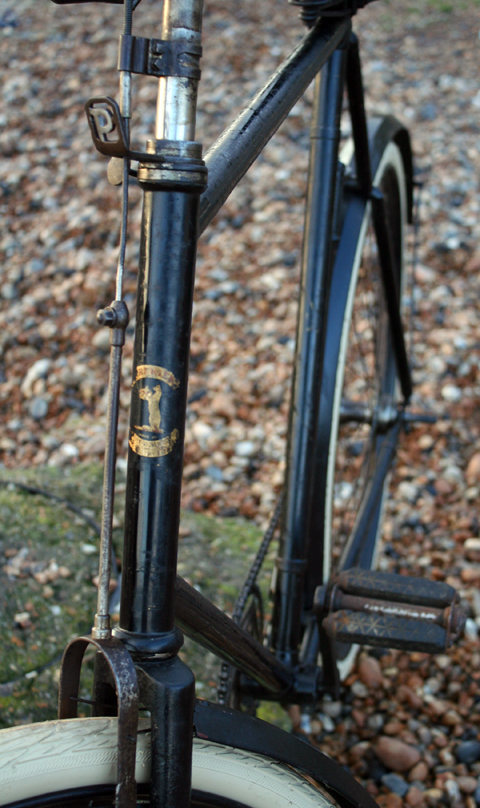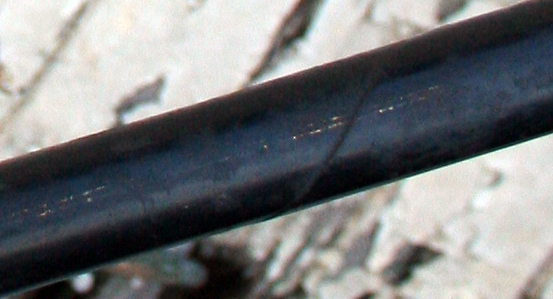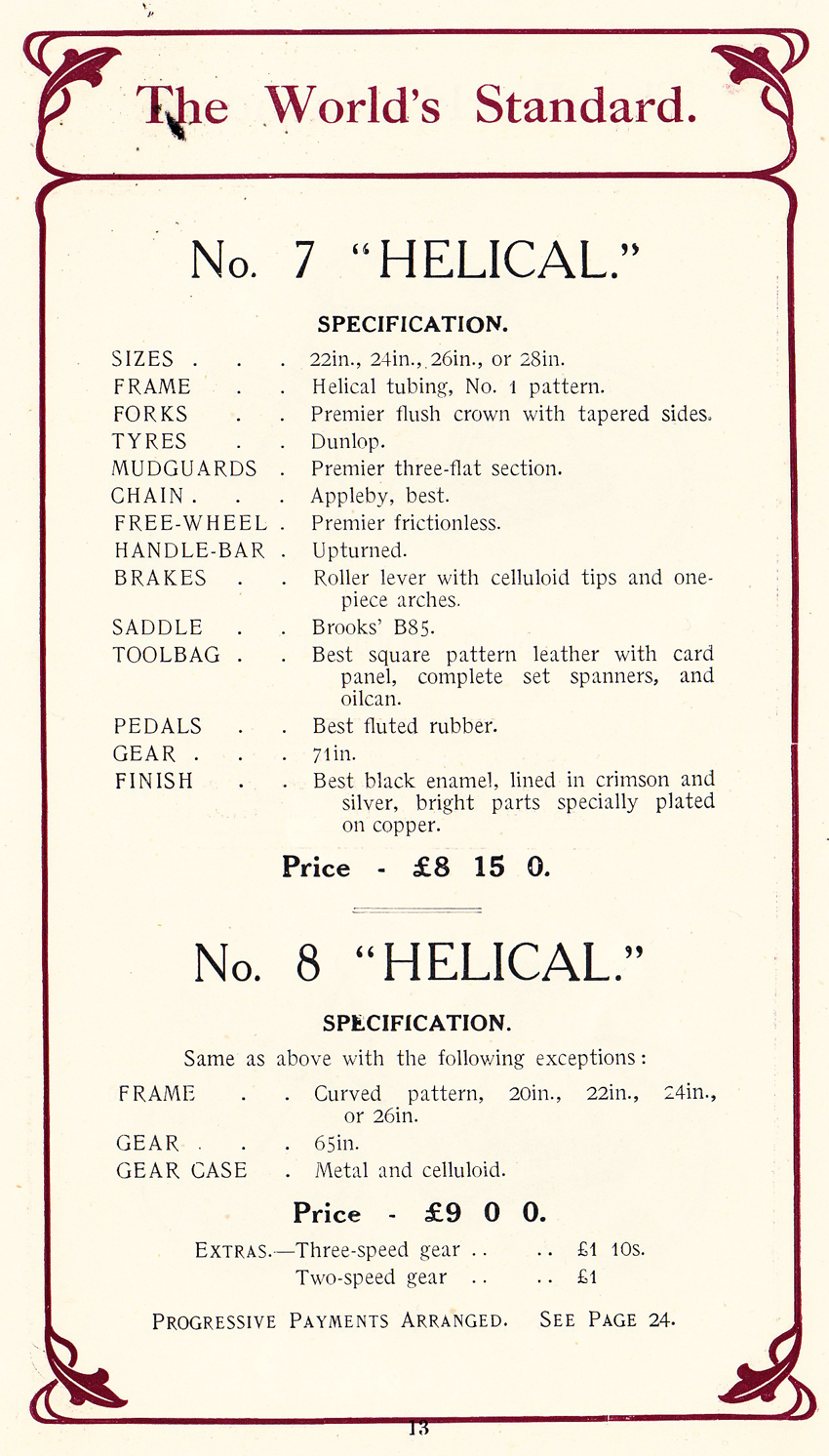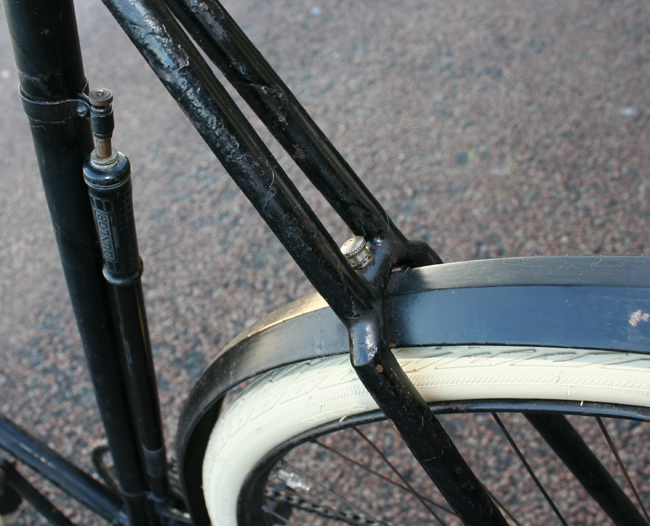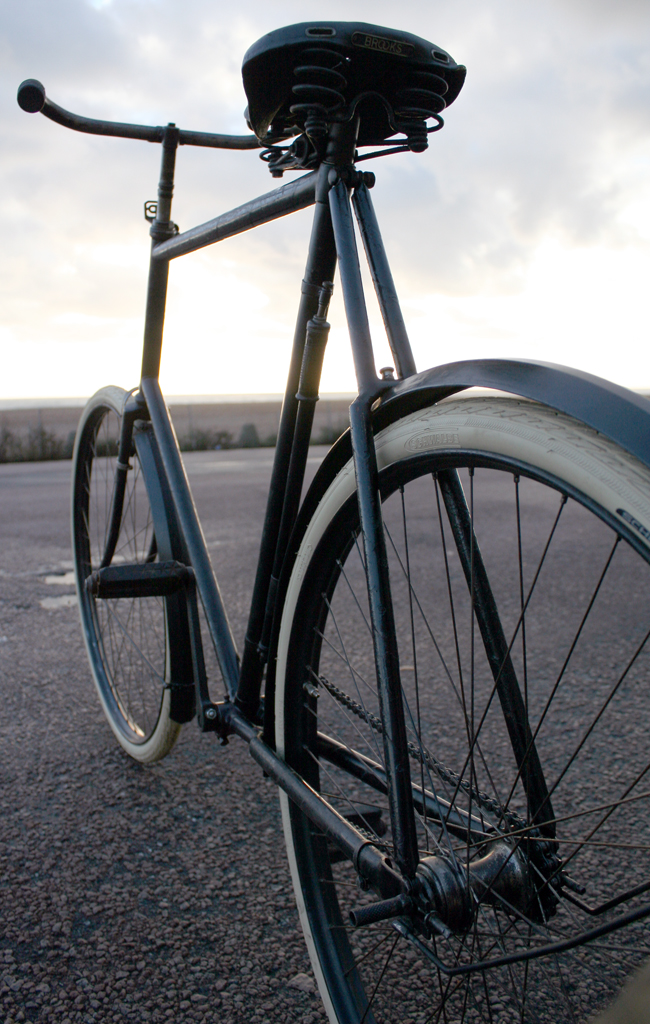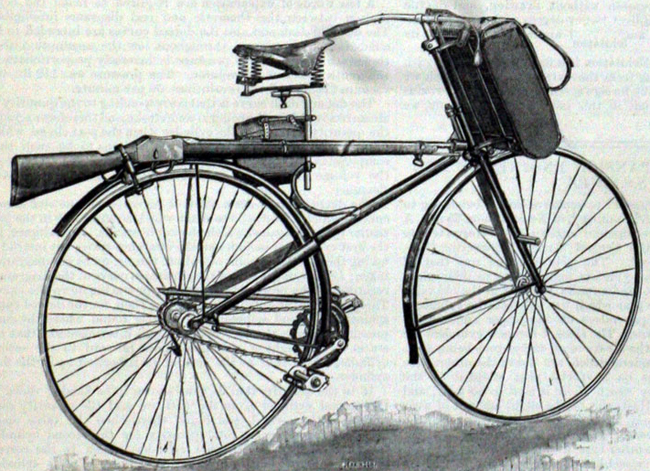1905 Premier No. 7 Helical
1905 Premier No. 7 Helical
The history of Premier is an essential part of the history of modern cycling.
Hillman, Herbert & Cooper’s Kangaroo ‘ordinary’ made its debut in 1884 and, for two years, this was the world’s leading bicycle design. They set a new standard, patented in 1886, with another design, a ‘cross-frame’ safety bicycle named the Premier. This name was subsequently adopted for the company. As you can see below, they retained the Kangaroo logo for Premier badges and transfers.
This 1905 Helical retains its original paintwork, and the pattern of its helical tubing can be clearly seen (illustrated in close-up further down the page).
PREMIER HISTORY
The page on this website for the 1909 Royal Premier explains the company’s royal and military connections. I recently sold that show-winning restored Royal Premier, but I’ve retained this unrestored one in my personal collection as compensation.
It rides well. And, though shiny restored vintage bicycles are attractive, I prefer a ‘weathered’ look to my rides.
PREMIER HELICAL TUBING

You can clearly see the diagonal design of the helical tubing on this bicycle.
The idea of this frame construction was to make a strong lightweight frame.
Front brake design can be a good way to confirm the age of vintage bicycles, the reason being that such feature changes were usually noted by magazines of the day in their annual show reports. Observe, below, the new front brake fitted to Premiers in 1907. Compare the older style on this 1905 machine.
The No. 7 HELICAL
I don’t have a 1905 catalogue, but this 1910 catalogue illustrates the model, with some later variations such as brakes, roller levers and mudguard extension.
For a walk round the Premier factory PLEASE CLICK HERE
It’s fitted with a coaster rear hub.
PREMIER MILITARY MACHINES
With the company’s endorsement by the Royal Family, it was natural that Premier would make military models. In 1888, still the early days of military cycling, the above machine was offered as an option.
Like many other companies at the time, Premier made an ‘official’ military roadster in 1915, which it designated the No. 11 Service Model. Front and rear carriers were fitted as standard, as was a triangular toolbag with tools. It’s interesting that it was also fitted with a spring-up rear stand, as used on the Premier No 8. Carrier Model (below). Manufacturers generally used Tradesman’s bicycles as the pattern for their military machines.


